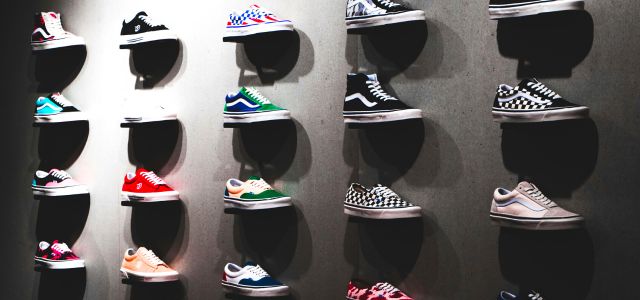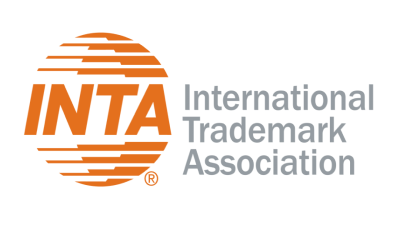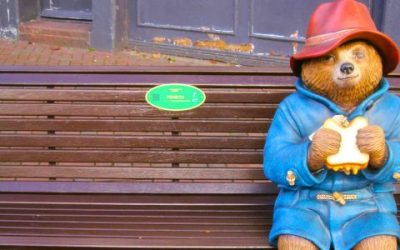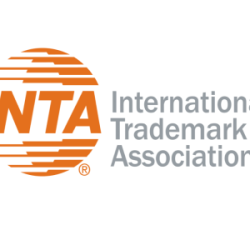After nearly two years, Vans and Walmart have settled their long-running dispute.
This settlement marks the end of a hefty dispute that was filed on 15 November 2021 by Vans against Walmart, Inc., The Doll Maker, LLC, and Trendy Trading, LLC (“the Complaint”). Vans filed the Complaint against the parties for allegedly selling over 20 pairs of shoes that they believed infringed their IP rights.
The Complaint was based on:
- Trademark infringement (15 USC § 1114);
- Unfair competition and false designation of origin (15 USC § 1125(a));
- Contributory Trademark Infringement, Unfair Competition, and False Designation of Origin (15 USC §§ 1114 and 1125(a)) (against Walmart only);
- State Unfair Competition (§17200, et seq.); and
- Common Law Trademark Infringement and Unfair Competition.
Walmart argued that the common elements in the shoes were already used by several footwear brands, but this did not sway the judge. A preliminary injunction against Walmart, rendering Walmart unable to make, market, or sell any footwear bearing Vans’ trademarks was issued. In the injunction decision, the judge referred to a tweet from Walmart that stated: “We do not have Vans. Would you mind a shoe similar to the Vans? ~Walmart Elves” — evidence that proves Walmart was aware of Vans and had set out to create a lookalike style that could be sold as a competitive alternative.
Although the injunction had effect from 22 July 2022, Vans accused Walmart of ignoring it and “doubling down on its counterfeiting scheme by introducing a new model of shoe.” Vans requested the court issue an Order to Show Cause re: Civil Contempt and Sanctions and to issue a coercive sanction preventing Walmart from violating the injunction further. However, this was rejected.
Background
Walmart had released for sale several Vans lookalikes of Vans’ iconic trainers, namely the Old Skool, Sk8-Hi, and Checkerboard Slip-on designs, costing around $20 a pair. These designs form part of Vans’ core products.
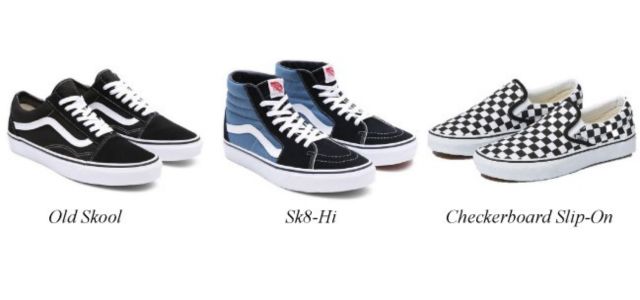
The shoes are recognizable from the figurative line down the side of the Old Skool and Sk8-Hi design and the checkerboard print on the Checkerboard Slip-On. Vans produced evidence in the Complaint showing how it has marketed these marks, including endorsements by celebrities, event sponsorship, etc. Vans also highlighted registered and unregistered rights (shown below) from its portfolio, some of which are incontestable.
| Trademark | US registration number | Registration date |
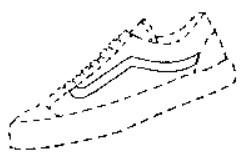 |
2,177,772 | 04.08.1998 |
 |
2,170,961 | 07.07.1998 |
 |
2,172,482 | 14.07.1998 |
 |
4,442,122 | 03.12.2013 |
 |
2,206,796 | 01.12.1998 |
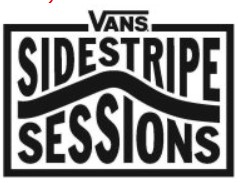 |
6,062,935 | 26.05.2020 |
The side-by-side comparisons of the shoes further highlighted the similarity between the products. Referring to them as cheap, low-quality products that are confusingly similar, Vans highlighted how consumers were experiencing problems with the dupes.
Social media posts submitted by Vans showed influencers marketing the Walmart shoes as “Vans Dupes” and “like Vans,” showing their use of the Vans name to gain an advantage. Other images of social media users were submitted, showing users mistaking the lookalike shoes for Vans or highlighting that they looked like Vans but were a cheaper alternative. Vans argued this would damage the goodwill and reputation it has spent millions investing in, leading to tarnishing.
Understandably, Vans would want these lookalike products off the shelves immediately; Walmart is one of the biggest retailers in the world. Having Vans lookalikes in its stores, which are of a lesser quality and cheaper price, tarnishes the reputation of Vans and is detrimental to its core products.
This case highlights the larger issues fashion brands face when it comes to lookalike products and packaging, which is a big problem in the UK for fast-moving consumer goods (FMCG) brands.
This case provides some important guidance for brand owners:
- Make sure you have the correct registrations to enforce against lookalikes. It is key that brand owners recognize that to tackle lookalikes, they need to have a strategy in place regarding the protection and enforcement of those rights, as advised by IP professionals;
- Evidence: (1) Ensuring that brands collate and store evidence of reputation in each of the marks they intend to rely on and claim reputation in; (2) evidence relating to link i.e. evidence that consumers are buying the cheaper lookalike because it looks like the genuine product; (3) evidence that consumers make that link between the brand’s mark and the lookalike product. This is critical to a successful case against lookalikes relying on unfair advantage and detriment in the UK (as opposed to relying on the likelihood of confusion or association, which would require evidence of actual confusion or a likelihood of confusion arising).
You may also like…
INTA’s Brand & New podcast wins prestigious w3 Award for “Inside the Dupe Revolution” series
New York, New York—October 14, 2025—The International Trademark Association (INTA) is proud to announce that its...
Paddington gives Spitting Image a stern, hard stare
Paddington Bear is a British icon introduced to the public in 1958 by author Michael Bond, known for his politeness,...
Italy’s new copyright rules in the first national AI law by an EU Member State
Italy is the first EU Member State to pass a national law aimed at adapting the national legal system to the...
Contact us to write for out Newsletter


